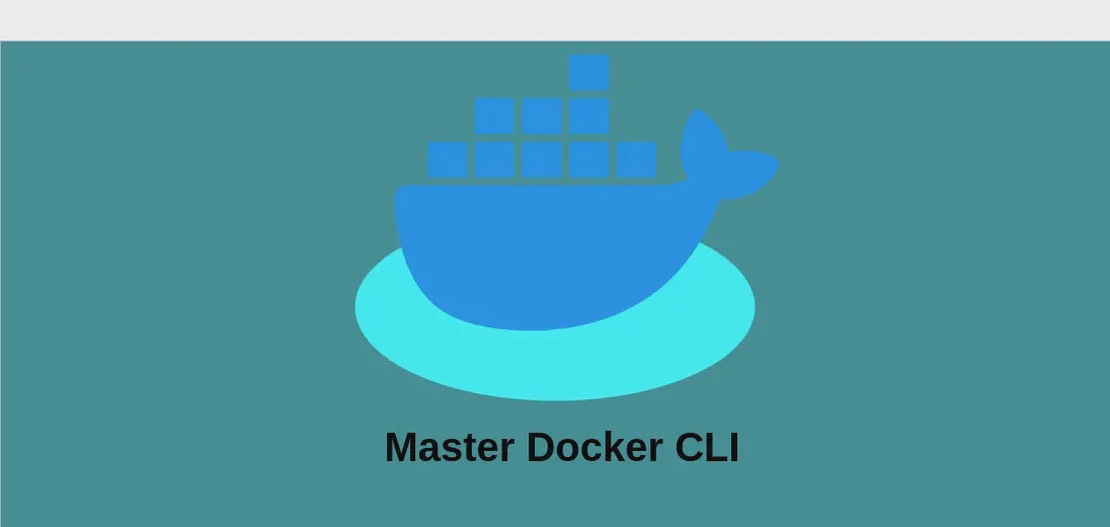
How to Use the Command 'ceph' (with examples)
- Linux
- December 17, 2024
Ceph is a powerful open-source storage platform that provides high performance, reliability, and scalability. It can provide object, block, and file system storage in a single unified system, making it an ideal choice for modern IT infrastructures that support cloud-native applications, analytics, and other demanding workloads. Ceph’s flexibility and fault-tolerant architecture allow it to handle massive amounts of data efficiently.
Use case 1: Check Cluster Health Status
Code:
ceph status
Motivation:
Monitoring the health status of a Ceph cluster is critical for ensuring data integrity, availability, and performance. It allows administrators to quickly identify and address any issues, such as laggy placement groups or unresponsive objects, that might affect the cluster’s efficiency.
Explanation:
ceph: This is the command used to interact with the Ceph cluster.status: This subcommand retrieves and displays the current health status of the entire Ceph cluster, including information about placement groups, OSDs, and current operations.
Example output:
cluster:
id: abcdef12345
health: HEALTH_OK
services:
mon: 3 daemons, quorum mon.a,mon.b,mon.c (age 12m)
mgr: mgr.x(active, since 23d)
osd: 10 osds: 10 up (since 4d), 10 in (since 4d)
data:
pools: 5 pools, 100 placement groups
usage: 100 GB used, 900 GB / 1000 GB avail
pgs: 5 active+clean
Use case 2: Check Cluster Usage Stats
Code:
ceph df
Motivation:
Understanding storage usage within a Ceph cluster is key for capacity planning and managing resources efficiently. By checking usage stats, administrators can make informed decisions regarding storage allocation and predict when additional capacity might be necessary.
Explanation:
ceph: The base command for interacting with the Ceph system.df: Short for ‘disk free,’ this subcommand provides a summary of the current space usage for pools and objects within the Ceph cluster.
Example output:
GLOBAL:
SIZE AVAIL RAW USED %RAW USED
1000GiB 900GiB 100GiB 10.00
POOLS:
NAME ID USED %USED MAX AVAIL
pool1 1 30GiB 30% 100GiB
pool2 2 20GiB 20% 50GiB
Use case 3: Get Statistics for Placement Groups in a Cluster
Code:
ceph pg dump --format plain
Motivation:
Placement groups (PGs) are the basic units of storage within a Ceph cluster. Analyzing PG statistics helps ensure that data is evenly distributed and residing where it should be. This command is useful for troubleshooting performance issues and rebalancing data.
Explanation:
ceph: Commands the Ceph system.pg: Refers to placement groups.dump: Fetches a detailed list of placement groups.--format plain: Outputs the data in a plain text format, making it easier to read and analyze manually or through scripts.
Example output:
pg_stats 1.ffffffff:
applies: 1034562
bytes: 203376
pg_stats 1.00000001:
applies: 1029481
bytes: 204672
Use case 4: Create a Storage Pool
Code:
ceph osd pool create pool_name pg_number
Motivation:
Creating storage pools in Ceph is pivotal for organizing data according to its intended use case, be it block, object, or file storage. Different pools can also be optimized with various replication factors, enabling efficient storage management and usage customization.
Explanation:
ceph: The overarching command interface.osd: Relates to Object Storage Daemons, which handle data storage and retrieval.pool: create: Initiates the creation of a new storage pool.pool_name: The name to assign to the pool, used for identification and management.pg_number: The number of placement groups to allocate for the pool. Choosing the appropriate number of PGs affects performance and data distribution.
Example output:
pool 'example_pool' created
Use case 5: Delete a Storage Pool
Code:
ceph osd pool delete pool_name
Motivation:
Deleting a storage pool is necessary when it’s no longer needed or when it needs to be reconfigured. It ensures that resources aren’t wasted on obsolete data and contributes towards efficient data management.
Explanation:
ceph: Commands the Ceph interface.osd: Concerns the Object Storage Daemons.pool: delete: Removes the specified storage pool from the cluster.pool_name: Name of the pool to be deleted.
Example output:
pool 'example_pool' deleted
Use case 6: Rename a Storage Pool
Code:
ceph osd pool rename current_name new_name
Motivation:
Renaming a storage pool can be necessary for maintaining a clear and accurate representation of the data it contains or holds. Keeping pool names in alignment with organizational naming conventions simplifies management.
Explanation:
ceph: Interface with the Ceph cluster.osd: Pertains to the Object Storage Daemons.pool: Refers to the storage pool.rename: Command to change the pool’s current name.current_name: The current name of the pool.new_name: The new name to assign to the pool.
Example output:
pool 'old_pool_name' renamed to 'new_pool_name'
Use case 7: Self-repair Pool Storage
Code:
ceph pg repair pool_name
Motivation:
Ensuring data consistency and integrity is essential in any storage system. When issues are detected within placement groups (PGs), using the repair function can correct errors and ensure that all replicas of the data are consistent and intact.
Explanation:
ceph: The fundamental command interface.pg: Designates placement groups.repair: Commands the system to repair the specified pool.pool_name: The name of the pool requiring repair.
Example output:
repairing 1.23
repair 1.23 complete
Conclusion:
The ceph command-line interface is invaluable for managing the health, performance, and configuration of a Ceph cluster. By utilizing commands such as ceph status, ceph df, or ceph pg repair, administrators can confidently manage storage resources, ensure data integrity, and keep the cluster running smoothly. These use cases highlight the versatility and essential nature of the ceph command in modern storage environments.

